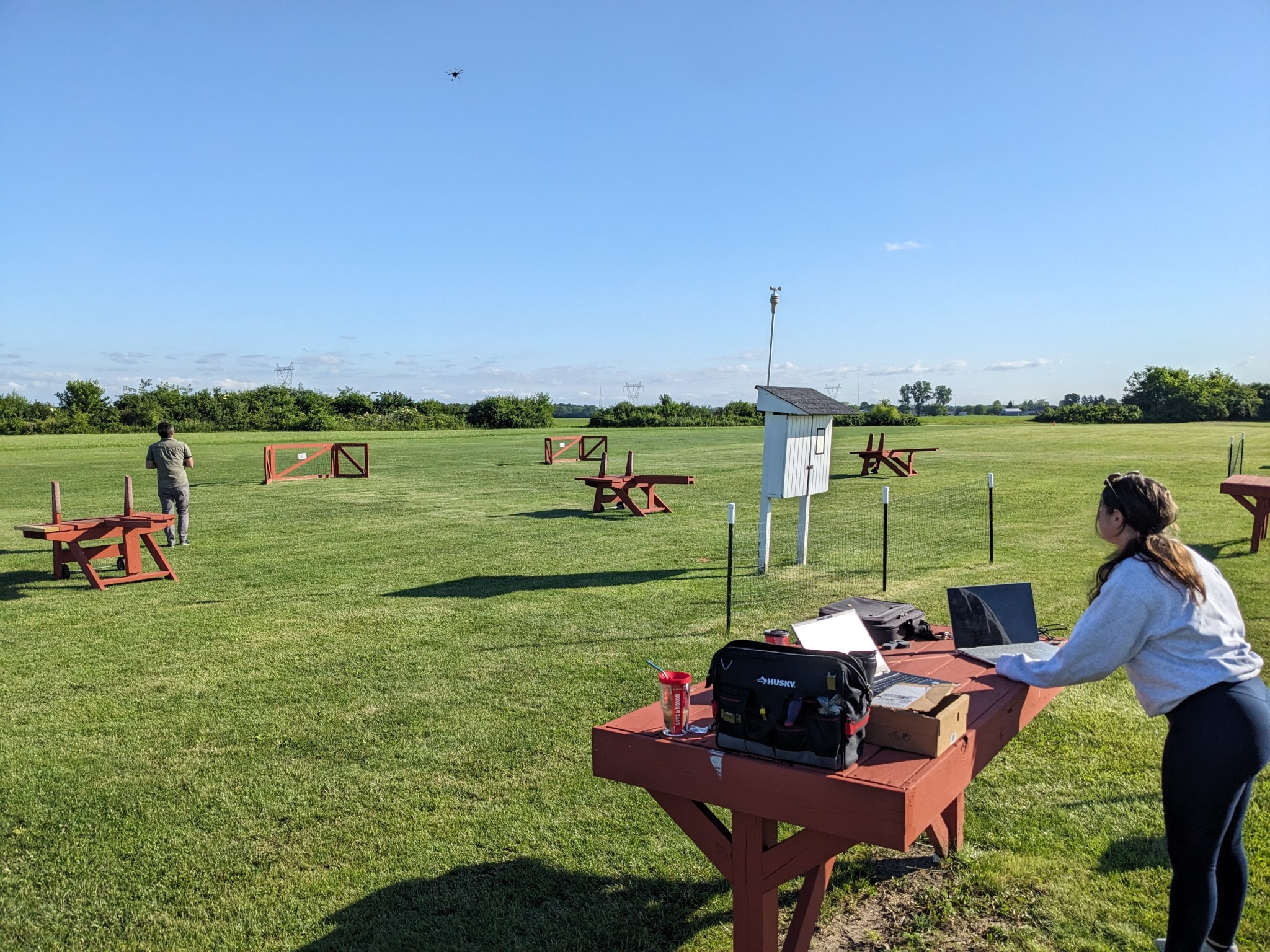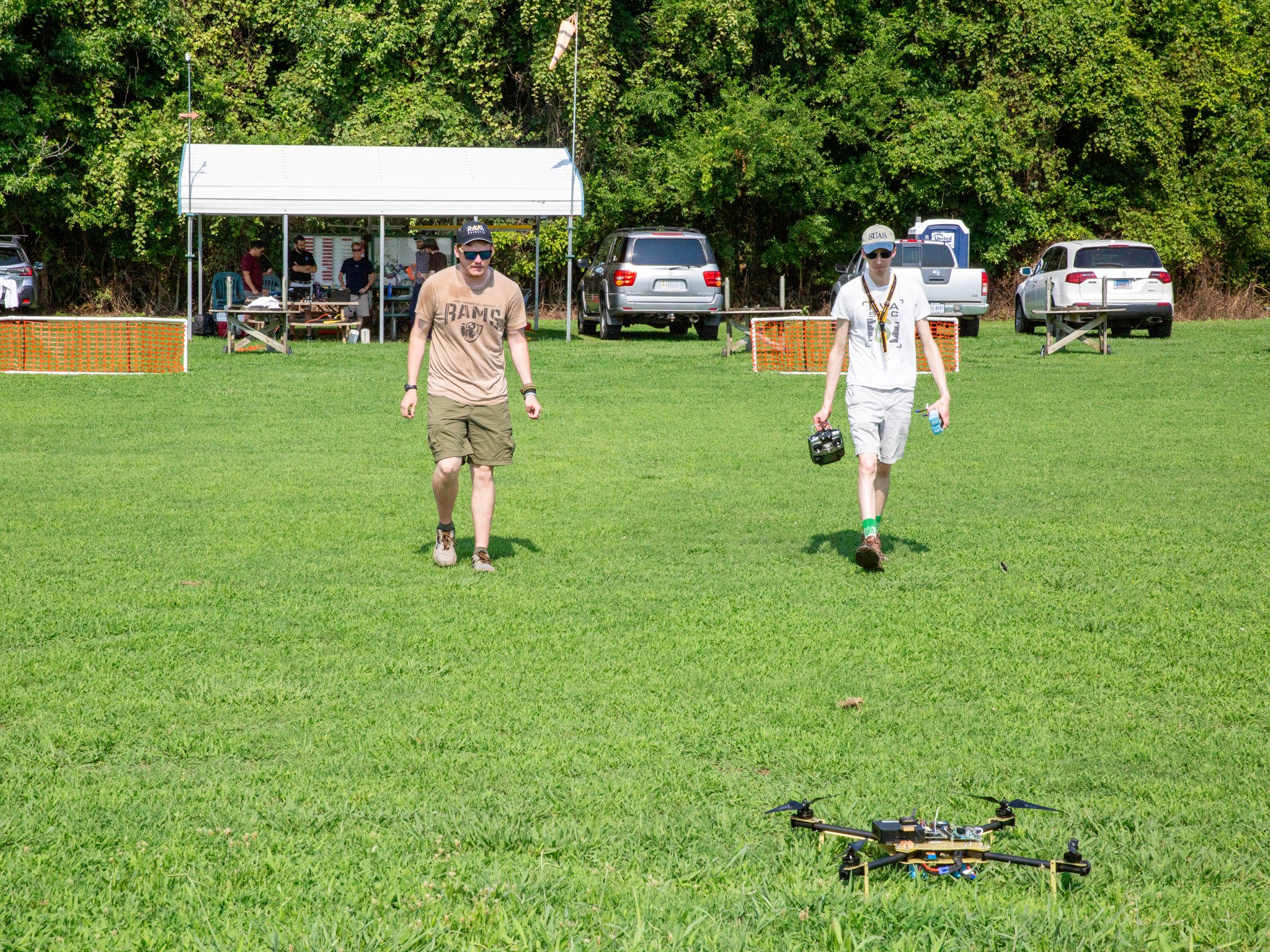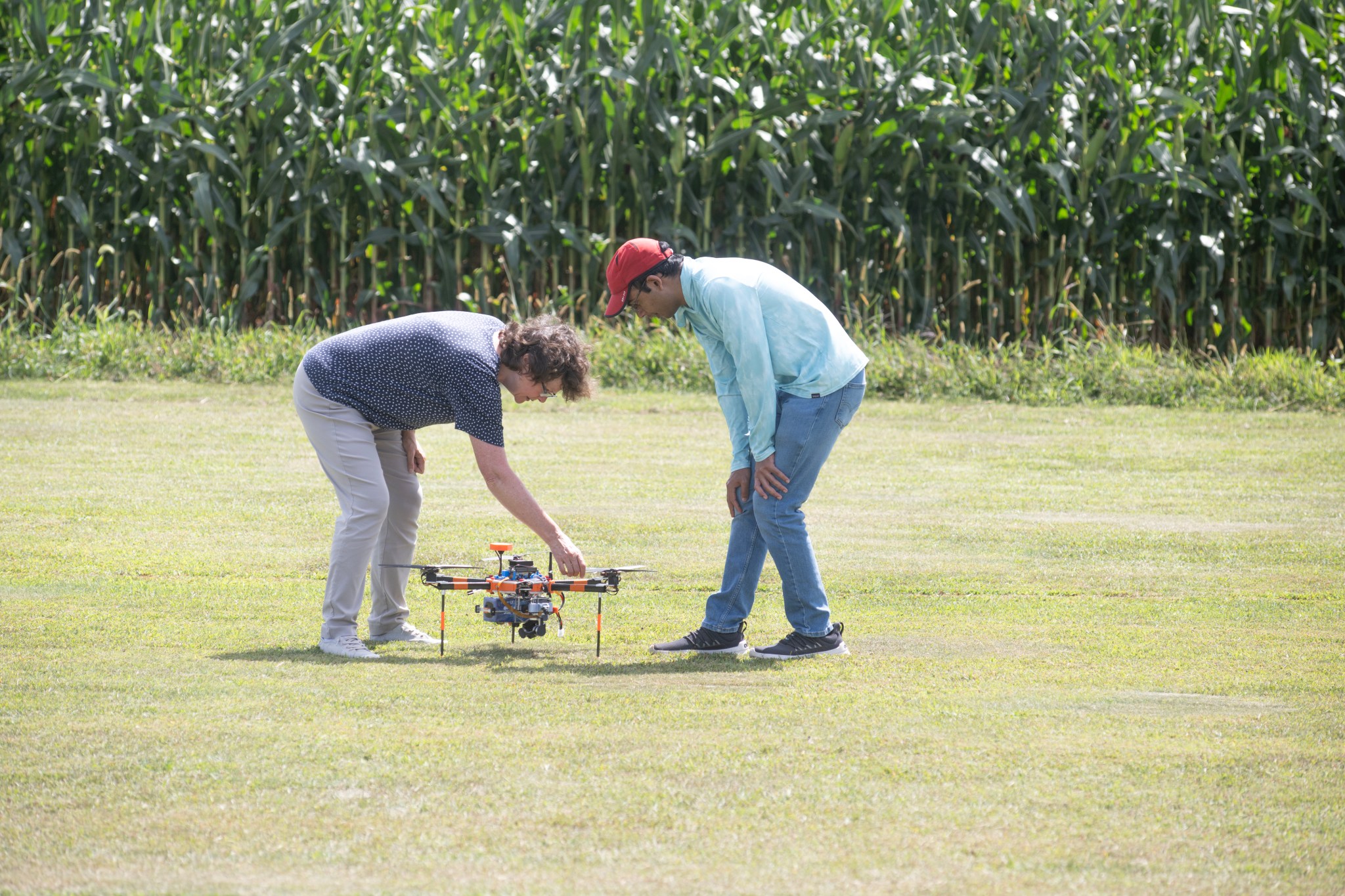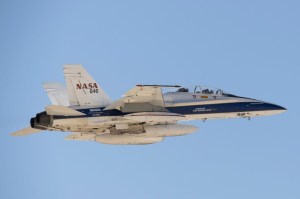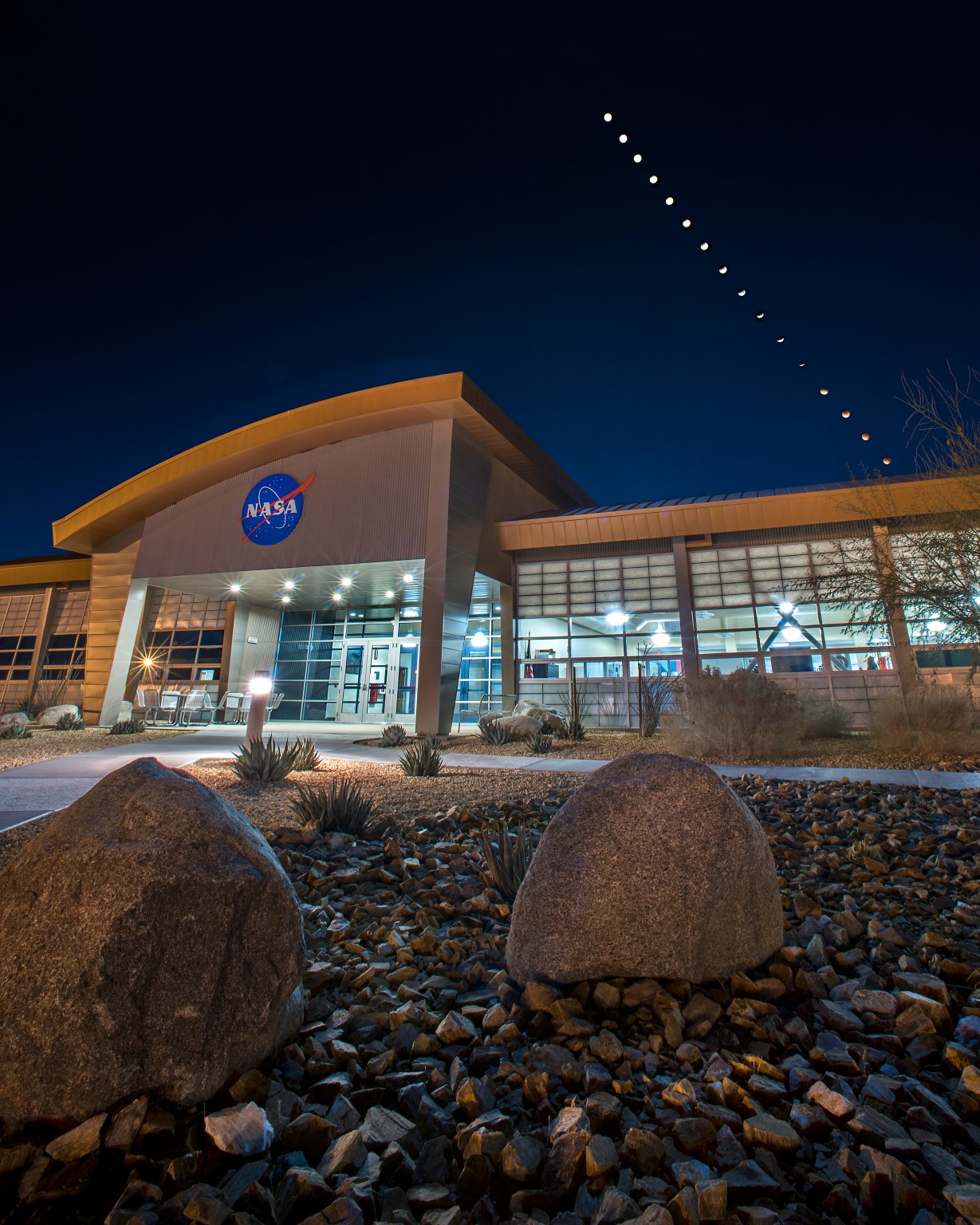4 min read
Preparations for Next Moonwalk Simulations Underway (and Underwater)

From agriculture and law enforcement to entertainment and disaster response, industries are increasingly turning to drones for help, but the growing volume of these aircraft will require trusted safety management systems to maintain safe operations.
NASA is testing a new software system to create an improved warning system – one that can predict hazards to drones before they occur. The In-Time Aviation Safety Management System (IASMS) will monitor, assess, and mitigate airborne risks in real time. But making sure that it can do all that requires extensive experimentation to see how its elements work together, including simulations and drone flight tests.
“If everything is going as planned with your flight, you won’t notice your in-time aviation safety management system working,” said Michael Vincent, NASA acting deputy project manager with the System-Wide Safety project at NASA’s Langley Research Center in Hampton, Virginia. “It’s before you encounter an unusual situation, like loss of navigation or communications, that the IASMS provides an alert to the drone operator.”
The team completed a simulation in the Human-Autonomy Teaming Laboratory at NASA’s Ames Research Center in California’s Silicon Valley on March 5 aimed at finding out how critical elements of the IASMS could be used in operational hurricane relief and recovery.
During this simulation, 12 drone pilots completed three 30-minute sessions where they managed up to six drones flying beyond visual line of sight to perform supply drops to residents stranded after a severe hurricane. Additional drones flew scripted search and rescue operations and levee inspections in the background. Researchers collected data on pilot performance, mission success, workload, and perceptions of the experiences, as well as the system’s usability.
This simulation is part of a longer-term strategy by NASA to advance this technology. The lessons learned from this study will help prepare for the project’s hurricane relief and recovery flight tests, planned for 2027.
As an example of this work, in the summer of 2024 NASA tested its IASMS during a series of drone flights in collaboration with the Ohio Department of Transportation in Columbus, Ohio, and in a separate effort, with three university-led teams.
For the Ohio Department of Transportation tests, a drone flew with the NASA-developed IASMS software aboard, which communicated back to computers at NASA Langley. Those transmissions gave NASA researchers input on the system’s performance.
NASA also conducted studies with The George Washington University (GWU), the University of Notre Dame, and Virginia Commonwealth University (VCU). These occurred at the U.S. Army’s Fort Devens in Devens, Massachusetts with GWU; near South Bend, Indiana with Notre Dame; and in Richmond, Virginia with VCU. Each test included a variety of types of drones, flight scenarios, and operators.
Each drone testing series involved a different mission for the drone to perform and different hazards for the system to avoid. Scenarios included, for example, how the drone would fly during a wildfire or how it would deliver a package in a city. A different version of the NASA IASMS was used to fit the scenario depending on the mission, or depending on the flight area.
When used in conjunction with other systems such as NASA’s Unmanned Aircraft System Traffic Management, IASMS may allow for routine drone flights in the U.S. to become a reality. The IASMS adds an additional layer of safety for drones, assuring the reliability and trust if the drone is flying over a town on a routine basis that it remains on course while avoiding hazards along the way.
“There are multiple entities who contribute to safety assurance when flying a drone,” Vincent said. “There is the person who’s flying the drone, the company who designs and manufactures the drone, the company operating the drone, and the Federal Aviation Administration, who has oversight over the entire National Airspace System. Being able to monitor, assess and mitigate risks in real time would make the risks in these situations much more secure.”
All of this work is led by NASA’s System-Wide Safety project under the Airspace Operations and Safety program in support of the agency’s Advanced Air Mobility mission, which seeks to deliver data to guide the industry’s development of electric air taxis and drones.
